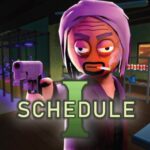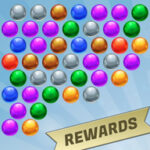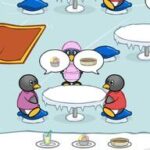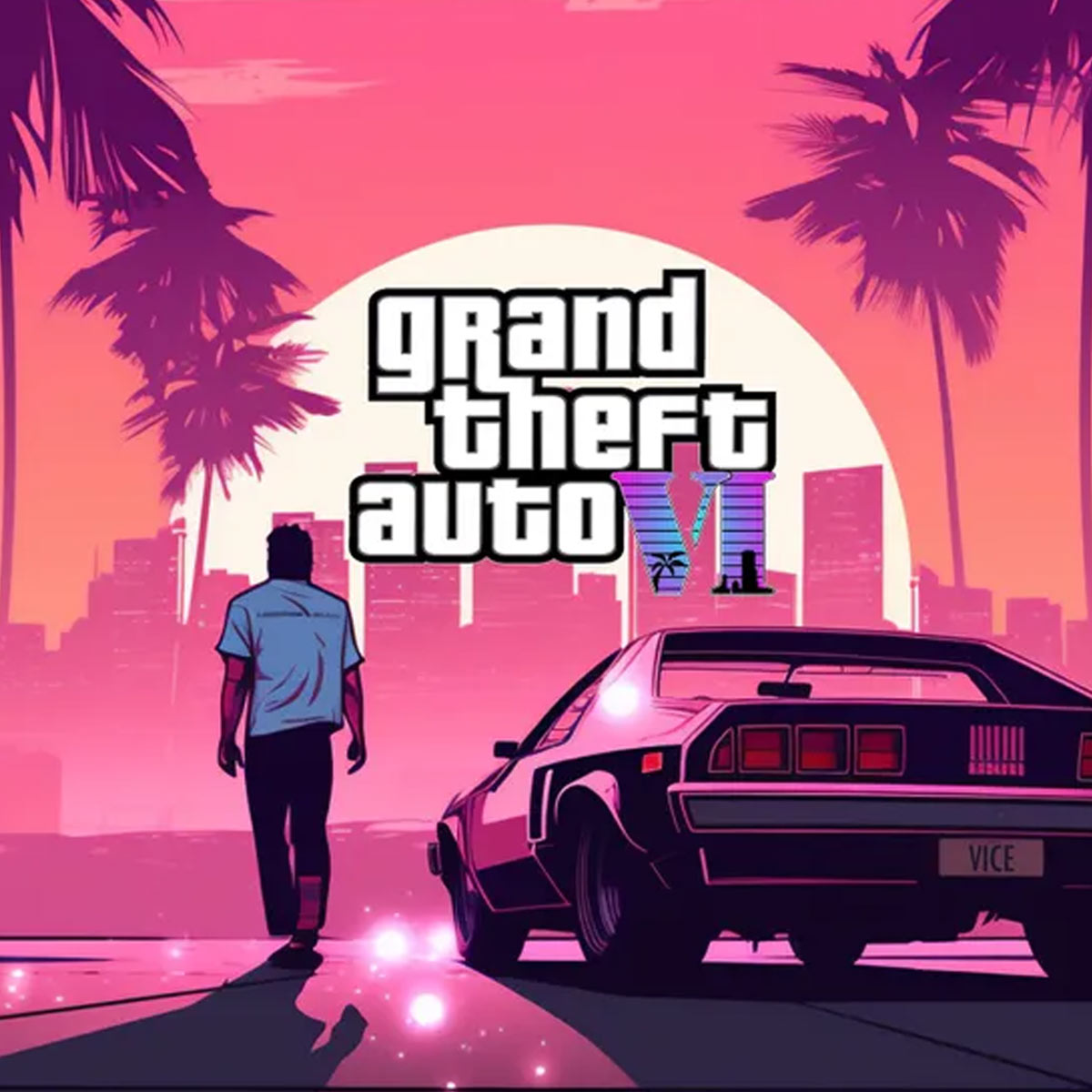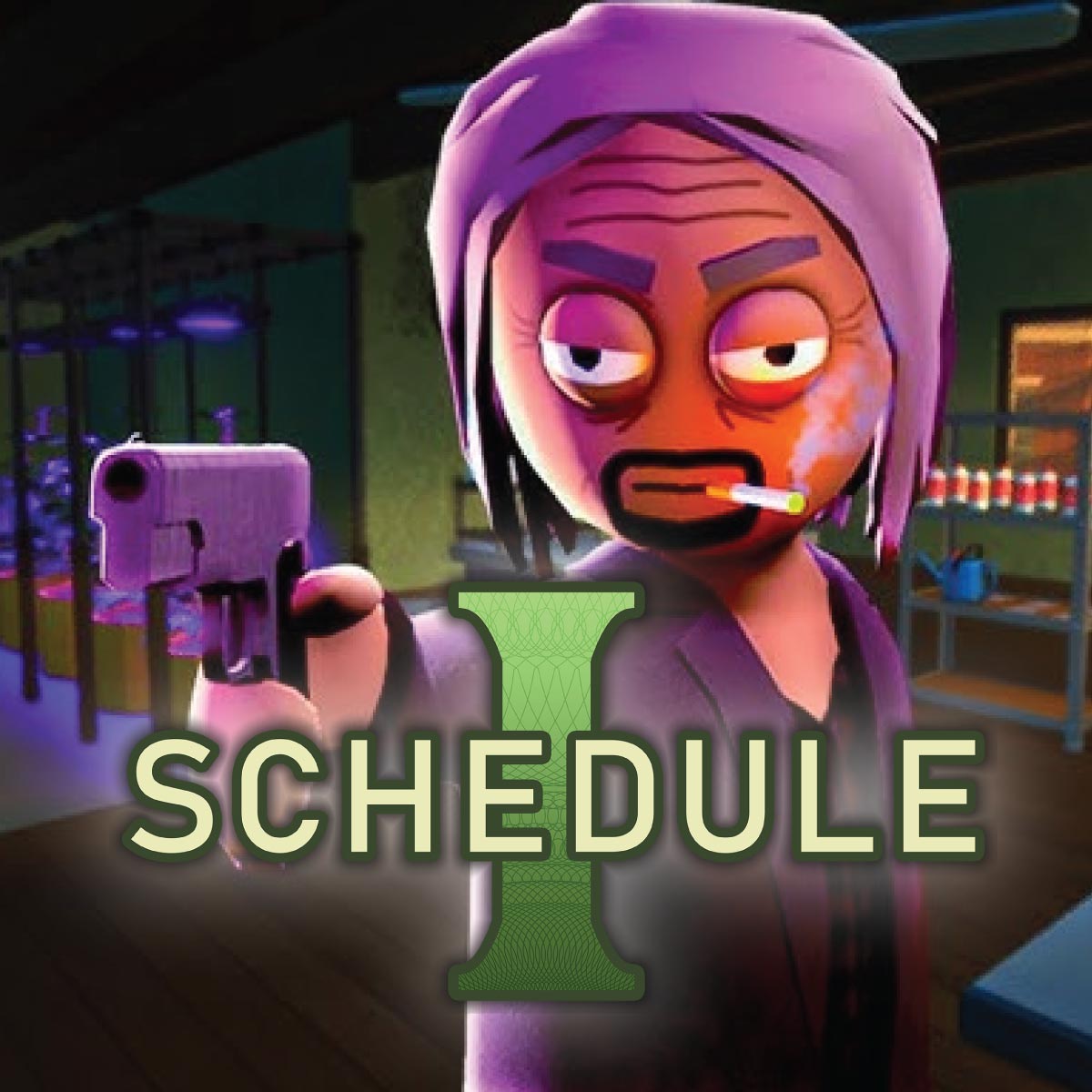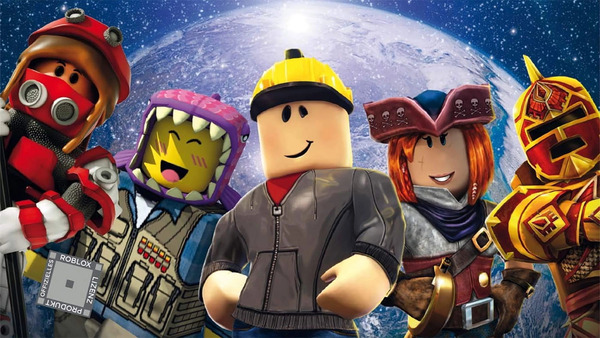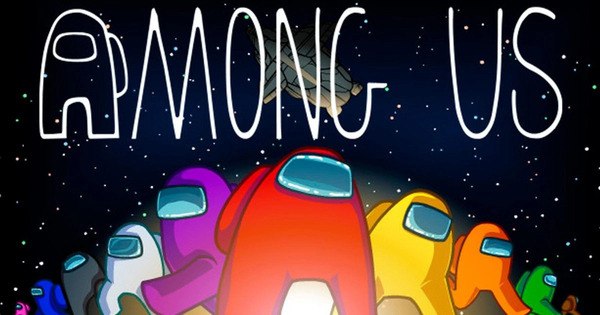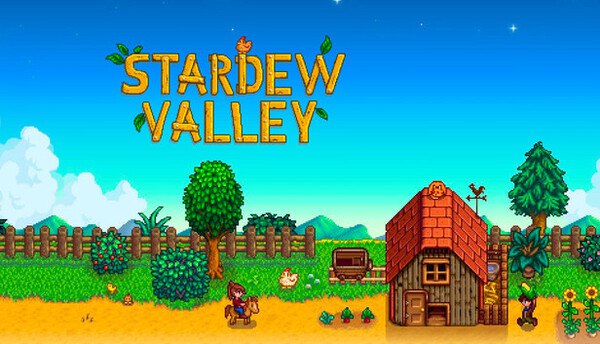Poppy Playtime: Chapter 1, developed by MOB Games, marked a fresh and terrifying entry into the indie horror genre when it released in October 2021. Combining childhood nostalgia, eerie atmosphere, and clever puzzle mechanics, this chapter introduced players to an abandoned toy factory filled with dark secrets and monstrous toys—most famously, the towering, blue-furred antagonist, Huggy Wuggy.
The game’s success came from its blend of exploration-based gameplay and psychological horror, enhanced by its memorable setting and storytelling through environmental clues. Poppy Playtime – Chapter 1 laid the foundation for what would soon become a major indie horror franchise.
1. The Indie Origins and Viral Launch
MOB Games’ Unexpected Breakout
Before Chapter 1, MOB Games was virtually unknown. Created by a small development team led by Isaac Christopherson, the project was initially a passion-driven indie game. With its nostalgic setting, unique antagonist design, and immersive audio-visual experience, Poppy Playtime quickly captured attention on platforms like YouTube and TikTok.
The game launched on PC via Steam for a modest price, and soon gained traction thanks to horror streamers and viral content creators.
Explosive Popularity on Social Media
Content creators like Markiplier and Jacksepticeye boosted the game’s visibility, while Huggy Wuggy’s design inspired viral fan art, animations, and parodies. The combination of childhood innocence with lurking horror created an instantly recognizable identity that made Chapter 1 explode online.
2. Setting the Scene: Playtime Co.
The Toy Factory From Your Nightmares
Chapter 1 takes place in the deserted Playtime Co. toy factory, once a place of joy and laughter. Players step into the shoes of a former employee returning after receiving a mysterious letter, only to find the factory in decay, filled with unsettling sights and eerie sounds.
The juxtaposition of bright, playful colors with ominous shadows creates an uncanny environment that plays on childhood fears.
Environmental Storytelling
Instead of long cutscenes or exposition dumps, the game uses VHS tapes, notes, posters, and level design to convey narrative. Clues about the factory’s dark past are hidden in the details—abandoned offices, malfunctioning machines, and strange toys left behind.
3. Gameplay Mechanics and Controls
The GrabPack Tool
One of the most innovative features introduced in Chapter 1 is the GrabPack, a wearable backpack with extendable hands used to:
-
Grab and move objects
-
Conduct electricity between power points
-
Activate machines and doors
This tool adds depth to puzzle-solving and enables immersive interaction with the environment.
Pacing and Exploration
Poppy Playtime is not a fast-paced horror game. It emphasizes atmospheric tension, encouraging players to explore, solve puzzles, and uncover story elements slowly. This deliberate pacing heightens the horror, as players never know when something—or someone—might appear.
4. Puzzle Design and Progression
Smart and Creepy Puzzles
Chapter 1’s puzzles are designed to be engaging yet intuitive. Examples include:
-
Rerouting power using the GrabPack
-
Unlocking doors with color-coded codes
-
Finding parts to repair machines
Each puzzle feels embedded in the environment, contributing to the sense of immersion rather than feeling like detached mini-games.
Teaching Without Telling
Instead of tutorials, the game teaches mechanics through environmental cues. Early puzzles introduce players to the GrabPack’s abilities, gradually increasing complexity as the chapter progresses. This creates a natural learning curve that’s satisfying and immersive.
5. The Iconic Huggy Wuggy
The Face of Poppy Playtime
Huggy Wuggy is the primary antagonist of Chapter 1—a towering toy with elastic limbs, bulging eyes, and a chilling smile. Initially a static figure on display, Huggy vanishes partway through the level, turning the entire factory into a death trap as players realize they’re being hunted.
The contrast between Huggy’s soft appearance and his horrifying behavior creates a deeply unsettling effect.
The Chase Sequence
Chapter 1 culminates in an unforgettable chase sequence, with Huggy Wuggy pursuing players through ventilation shafts and narrow corridors. It’s a masterclass in tension-building—players must think quickly, solve spatial puzzles, and maintain control under pressure.
This scene alone became legendary among fans and creators for its pure, adrenaline-fueled panic.
6. Atmosphere, Audio, and Horror Design
Tension Over Jumpscares
Chapter 1 emphasizes psychological horror. The factory is filled with ambient sounds—creaking pipes, distant mechanical noises, and soft toy whispers. Rather than relying on cheap jump scares, the game builds dread through silence, shadows, and the player’s imagination.
The longer the player explores without encountering danger, the more they fear the moment it finally arrives.
Audio and Visual Excellence
The audio design deserves special mention. Footsteps echo, machinery clanks, and Huggy Wuggy’s distant presence creates constant anxiety. Visually, the game uses lighting, contrast, and toy aesthetics to evoke childhood fear warped by time and decay.
7. Chapter Length and Replayability
A Short but Impactful Experience
Chapter 1 is relatively short, lasting 30 to 60 minutes, but every minute is impactful. The game avoids filler, ensuring each interaction matters. The compact length also allows players to replay it easily to uncover missed secrets or speedrun it.
Hidden Lore and VHS Tapes
Replaying allows players to collect all VHS tapes, hidden throughout the level. These tapes reveal details about Playtime Co.’s twisted experiments and the mystery behind Poppy, the original talking doll. Lore hunters have combed through every frame to piece together the full story.
8. Fan Response and Cultural Influence
Instant Community Engagement
Chapter 1 sparked immediate interest in fan content:
-
Fan art and animations
-
Lore theories and timeline breakdowns
-
Cosplays and merchandise
The fandom compared Poppy Playtime to hits like Five Nights at Freddy’s and Bendy and the Ink Machine, with many calling it the next big indie horror saga.
Controversy and Attention
The popularity of Huggy Wuggy extended into mainstream media, even leading to concerns among parents and schools about the character’s creepy image. Despite being from a horror game, Huggy appeared in kids’ content and merchandise, blurring lines between fear and familiarity.
9. Connection to Later Chapters
The Setup for Future Horror
Chapter 1 ends with the player finally encountering Poppy, the doll hidden in a display case deep within the factory. Her awakening, coupled with ominous dialogue, signals that much darker secrets lie ahead.
The open-ended conclusion set the stage for Chapter 2: Fly in a Web, which expands the story, introduces new antagonists like Mommy Long Legs, and deepens the lore.
A Cohesive Horror Universe
Even as a standalone experience, Chapter 1 established a coherent horror universe with its own rules, style, and mystery. Later chapters build on this foundation while retaining the signature tone that made the original so compelling.
10. Legacy and What Made Chapter 1 Work
Why It Stood Out
Poppy Playtime – Chapter 1 succeeded because it broke expectations. It:
-
Offered a unique visual style
-
Delivered tight, engaging gameplay
-
Balanced puzzle-solving with psychological horror
-
Created an unforgettable villain in Huggy Wuggy
For an indie debut, it rivaled—and in some ways surpassed—many larger studio horror releases.
The Start of a New Horror Franchise
Chapter 1 is now considered a classic introduction to a growing horror IP. With sequels, mobile ports, merch, and a fanbase that continues to expand, Poppy Playtime has secured its place in modern horror gaming. Chapter 1, though brief, did what many games fail to do: leave a lasting impression.
Even years later, players still return to Chapter 1 not just for scares, but to remember where the story began—and to relive the moment they first met Huggy Wuggy in the shadows of Playtime Co.










